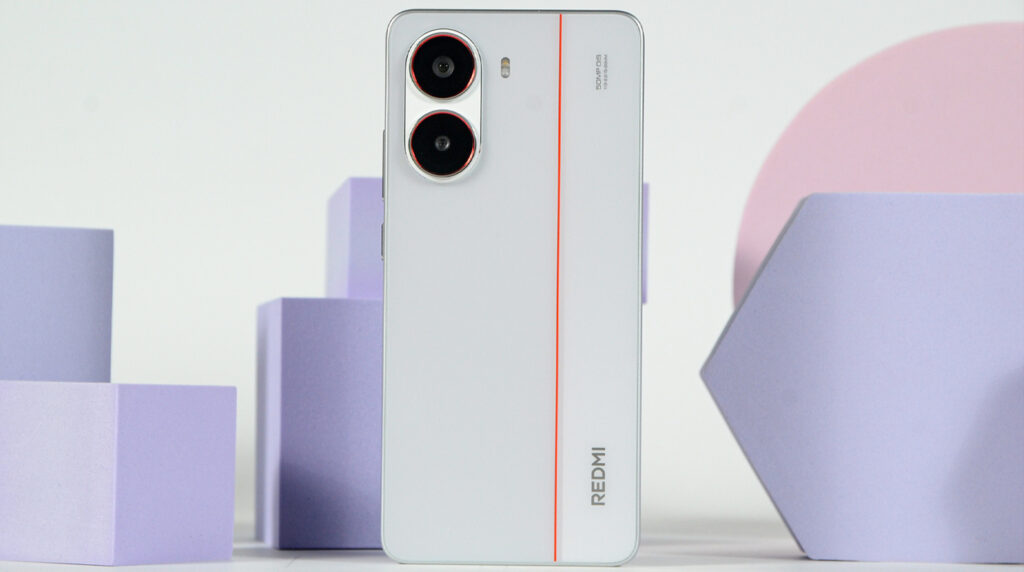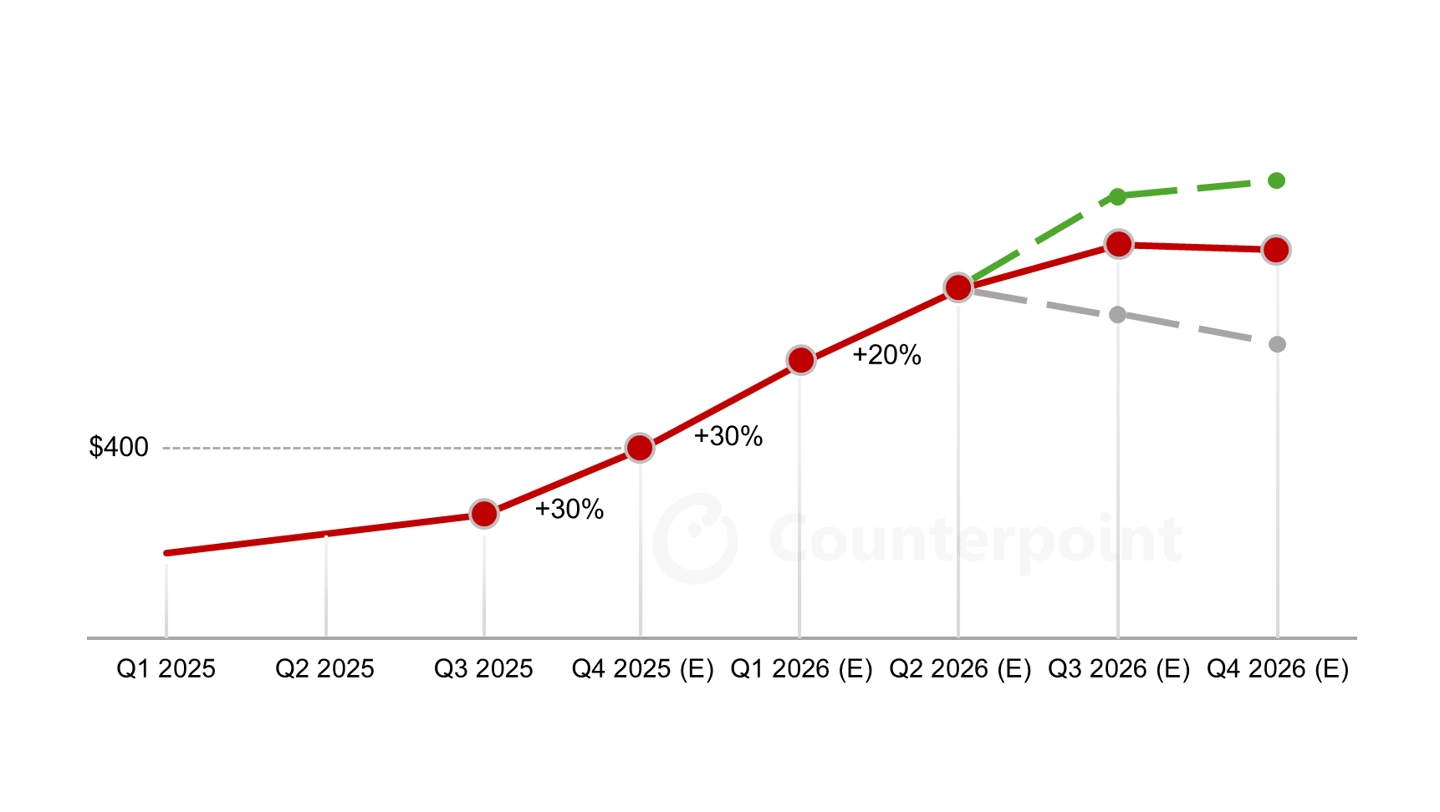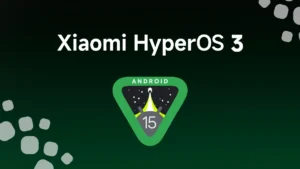Global memory prices keep growing at an unprecedented rate, and the latest report from Counterpoint Research states that this will continue well into 2026. According to the research, DRAM prices have already gained 50% this year, and another 50% gain is expected by the second quarter of 2026. This could cause significant cost pressures for large smartphone brands, including Xiaomi, which relies greatly on stable memory pricing to maintain competitive device costs throughout its product ecosystem. Readers can also have a look at our in-depth pages relating to Xiaomi HyperOS or recent Xiaomi smartphone launches.
Global Memory Market Faces Unusual Price Shifts
According to Counterpoint Research, the current price surge is driven in large part by a shortage of older-generation memory components. Major suppliers like Samsung and SK Hynix are reallocating their production capacity to high-performance memory chips for applications involving AI. As a result, the supply has become tight relative to demand for the older LPDDR4 memory still widely used in a host of entry-level consumer electronics.
This supply imbalance has caused a very rare inverted pricing structure. In the spot market, DDR5 memory for PCs and servers currently sells for about $1.50 per gigabit, whereas it’s reached $2.10 per gigabit for the older LPDDR4. This puts the pricing of legacy memory used in budget smartphones at a higher price than advanced HBM3e memory, complicating the already difficult job of device manufacturers as they try to contain production costs.
The Role of AI and Nvidia’s Strategic Pivot
The report also points to a deeper risk linked to Nvidia’s strategic move toward LPDDR memory on server platforms. Conventionally, servers have relied upon DDR memory combined with error correction codes for stability. Nvidia, however, will attempt to optimize power consumption by migrating its server hardware to LPDDR memory and shifting error correction to the CPU.
That puts Nvidia’s demand for LPDDR memory on a par with the demand of a large smartphone manufacturer. Supply chains find such increases in demand hard to accommodate rapidly, which increases the pressure on already-constrained LPDDR4 and LPDDR5 supplies.
Potential Impact on Xiaomi and the Broader Smartphone Industry
The unfolding crisis is likely to have far-reaching effects throughout the consumer electronics industry and, in particular, with the makers of smartphones. According to analysts, low-end smartphone manufacturers who rely on the LPDDR4 will be the first to be affected. But the rising component prices are likely to cascade upward.
In the case of mid-range and high-end smartphones, for instance, the report estimates that the BoM costs may go up by over 25%. This may impact Xiaomi, known to balance powerful hardware with competitive pricing. Xiaomi will ultimately be forced to adjust the prices of its products or find other ways of optimizing the supply chain, especially in the latest devices under the Xiaomi 15 series or Redmi K series (sold globally as POCO).
While this might pose a problem for these units, Xiaomi’s efficient manufacturing ecosystem and long-term partnerships with suppliers may absorb a portion of the cost impact. Historically, the company has adapted quite well to supply chain fluctuations to ensure users continue receiving strong performance at reasonable price points.
What’s in Store for the Future?
With the price of memory expected to increase another 30% in late 2025 and an additional 20% in early 2026, device manufacturers across the ecosystem will be confronting some hard choices. Some brands may cut back on base model storage options, while others might introduce new pricing structures to maintain profitability.
The overall market impact may include slower consumer upgrade cycles, with a heightened focus on features related to efficiency, such as optimized RAM management in operating systems like Xiaomi HyperOS.


 Emir Bardakçı
Emir Bardakçı


